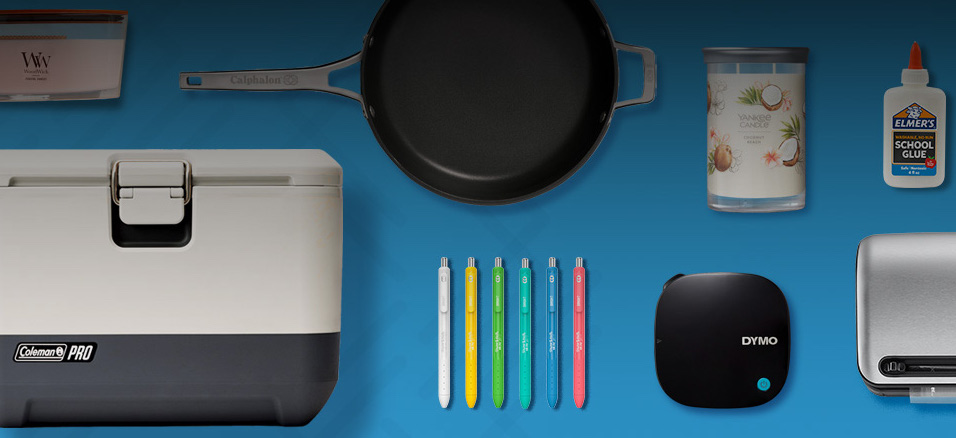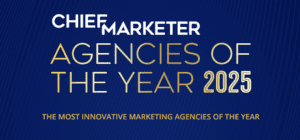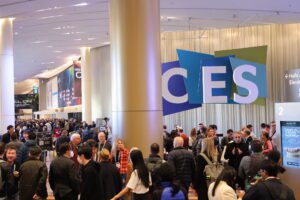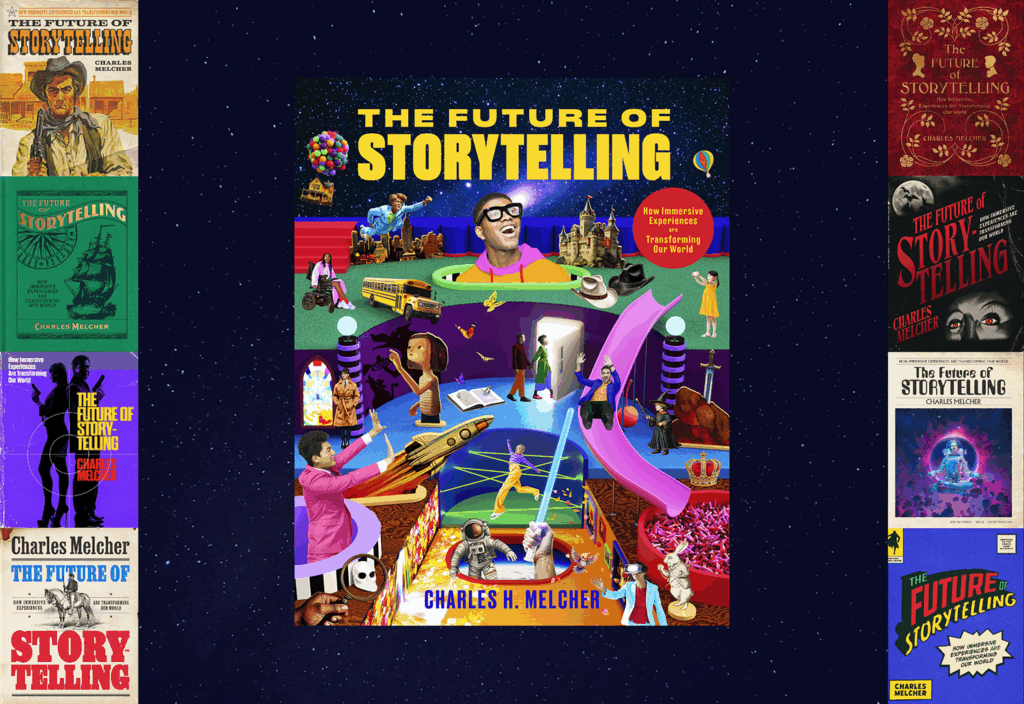When Newell Brands’ CEO Chris Peterson identified generative AI as a key part of its corporate strategy moving forward, Melanie Huet, President of Brand Management and Innovation, gladly took up the challenge.
“We saw it as a potential leapfrog opportunity for Newell, because in many areas, especially with technical things like IT programs, we’re behind,” she told Chief Marketer. “We had an opportunity to leapfrog all the way up into the front—and AI could be the accelerator.”
And that global parent company of CPG brands, including Sharpie, Rubbermaid, Yankee Candle and others, is moving full speed ahead. With Huet at the helm, it’s integrating genAI into its marketing strategies, piloting use cases, upskilling employees and producing actionable insights to fuel the business. We spoke with Huet about three specific use cases for AI within customer insights, consumer personas and innovation lead times.
—
Chief Marketer: How did the process of implementing genAI at Newell Brands begin?

Melanie Huet, President of Brand Management and Innovation at Newell Brands: About a year and a half ago, our CEO identified it in our corporate strategy. He said, you know what? AI is a trend that’s here to stay. We all agreed with him, and we saw it as a potential leapfrog opportunity for Newell, because in many areas, especially for technical things like IT programs, we’re behind. And so we had an opportunity, we thought, to leapfrog all the way up into the front—and AI could be the accelerator of that leapfrog. That was really exciting for us.
Specifically for my remit, around brand and innovation, he said, go out there and learn some things and let’s see what we can start testing, learning or piloting. And one of the first things I looked at was our insights team, because insights for us was a place where, like a lot of companies, we had a significant amount of custom research but it was essentially locked away. My vision was that we could easily share it.
But to specifically answer your question, the way that we started to approach AI was this: I formed a small team. We started identifying problems and use cases. We started finding AI solutions in the marketplace on our own and then rapidly testing the use cases. We have well over a hundred different areas running right now.
CM: Your brands have seen marked success in three areas: an AI-based insights tool, consumer personas and AI for innovation speed. Can you take me through those successes?
MH: The insights tool was the one I was just mentioning. Our custom research was essentially locked away in this workflow tool and archived. It was to the point of, if you didn’t know the file name—which could be something really unique, like “Sharpie S 12.15, version 5 Final”—you could not unearth the file. Therefore our filing system was completely useless. That meant that any turnover on the team was extremely difficult. My insights people had to do a lot of manual work unearthing presentations. You actually had to know the name of the insights person to call to get the information. So essentially our usage of our information was extremely low. There were high barriers there.
So, myself and the IT team got together and we briefed a vision: we want to make Newell insights easily accessible, globally around the world. It has to unlock beyond the United States. We looked at traditional methods and traditional IT suppliers, and then we went to AI. We found a supplier named Stravito, which has a really amazing tool designed for this where you simply put your files in one location—and it has a Google-like interface. It summarizes the key [insight] of each piece. You can do really fun searches, like “tell me about coffee,” or “tell me about Gen Z.” “Tell me about my brand.” “Tell me what we did last month.” “Tell me about segmentation.” And boom, it loads, plus it sends you automated emails and other summaries. The result has been that our usage of insights has skyrocketed.
People always ask me, did I lay off any employees? I did not. I ended up adding four employees because our insights team now is in such high demand—because the information is so readily available—that now they’re being tapped for more strategic thinking and strategic partnership. And we’re sharing it around the world. We now are housing reports in English, Spanish, Portuguese, German and Japanese as well.
CM: In terms of the ROI of that tool, are you experiencing it now? Or will you in the future?
MH: We’re experiencing it now. We have over 450 people using reports on a regular basis. And I would say prior to that, it was probably more like 30 people. So even just that tells you the extent to which we’re sharing information. We know that our productivity has increased. We are saving money by not repeating past research. Those are some of the initial indicators of how well it’s going. Additionally, the cost of the implementation was very reasonable. That made it easy for us to sign up. We now believe we’re on the front end of how people are leveraging and using insights in the company, just based on this one change.
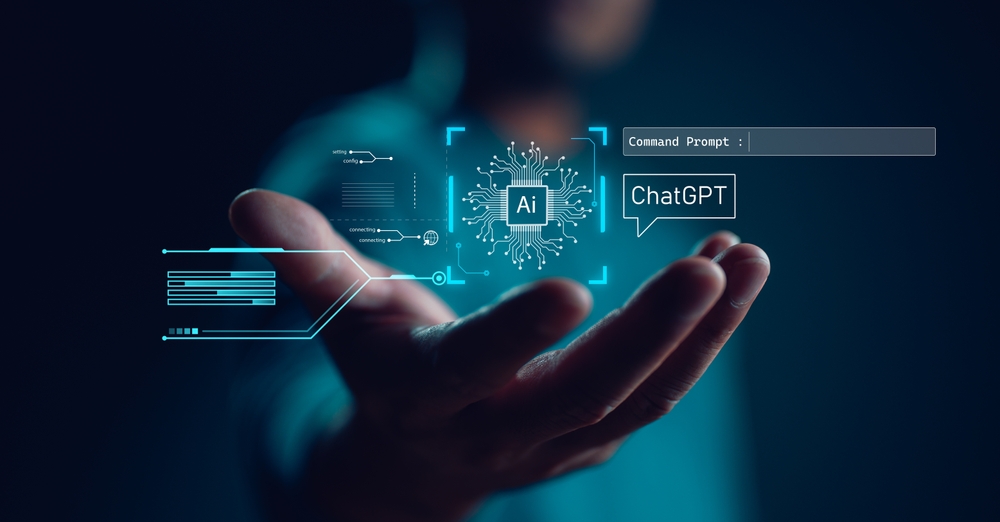
CM: Let’s talk about AI consumer personas. Have they replaced focus groups?
MH: We used ChatGPT and Copilot. Our preference has been ChatGPT. We programmed the persona against our consumer segmentation and we started to develop these synthetic humans, if you will, and we named them. We’ve created several within one consumer target. For example, if we were talking about [our brand] Coleman, we’ve gone in and created several people that sit within the design target for the brand. Then with ChatGPT and these personas, we can interact one-on-one with them and ask them all sorts of great questions. We can brainstorm claims with them and think about taglines. We can ask them things that they’re interested in doing. We can upload pictures of product concepts we have that we haven’t yet put in market. We can get feedback on it and we can put several of the personas into one discussion and talk to all of them. So it is like a synthetic panel.
Because we continue to vet the information against humans, what we found so far is that it’s been extremely reliable—a very high degree of accuracy. I think that was surprising to us. The thing that is still an opportunity: in general, AI is a very positively-biased platform. So if you need to be insulted or you need someone to tell you your idea is not good, AI is not the place for that. Almost all the feedback is positive. So, we do have to use other mechanisms to get some of the more constructive feedback. But we’re seeing that it really helps us. We have many brands that are small that don’t have a lot of funding. This has dramatically accelerated our ability to do insights-based research, essentially for free.
CM: What are those other methods to get more constructive feedback?
MH: We need humans to tell us what the negatives are. We get a little bit from AI, but it’ll be things like, “that’s not my preferred color,” as opposed to something like, “well, I just really think this whole idea is off and it doesn’t fit your brand.” You probably wouldn’t get that from a synthetic persona.
CM: The other use case was AI for innovation speed, leveraging prompt engineering and tools like Midjourney. Can you talk about that?
MH: We have hired our first prompt engineer. We have trained several people and upskilled them in our organization, specifically in our engineering teams, our innovation teams, insights teams and IT teams—all the technical areas. We’ve done some upskilling around prompt engineering. And what we’re finding is that these text-to-image tools are fantastic for reducing our timelines. As we are live-concepting a new innovation idea, the process used to be we’d have an artist on site. They would hand sketch a product concept. We may or may not use the hand sketch to put into testing. Behind that we might have to go build a prototype or somehow digitally render something or go through a photo shoot.
Now, through sophisticated prompt engineering, we can basically look at the end-state of the product in an image within a couple of hours via Midjourney if you’re a very adept, prompt engineer. That’s cut weeks out of our timeline. What’s hard to measure is the quality of that improvement. But that’s a huge shift. Something that’s hand-drawn versus a final-looking piece clearly has an impact in getting better feedback when you start to put it into insight studies.
CM: Speaking of upskilling, what has your process been like?
MH: In certain parts of the company, we’re now shifting more resources. The goal would be that there’s productivity gains with AI. Specifically on the upskilling, that has looked like us tapping into a few people that—on their own, actually—had upskilled themselves in their personal lives, and just had innate curiosity and were investing time with tools like ChatGPT and other LLMs. We identified who those people were in Newell brands, and then we used them to help train the others. Plus, there’s a lot of great prompt engineering training out on YouTube and other sites right now. So we’ve been leveraging those mechanisms.
And then as my team has gotten more sophisticated, they’ve been participating in roundtables or other online chat forums where they can continue to push their skillset. It’s really been organic training in the company. And then we’ve started to hire our first one or two prompt engineers externally. Those people have gone through a program, though a lot of it actually is self-taught because it’s such a new skillset.
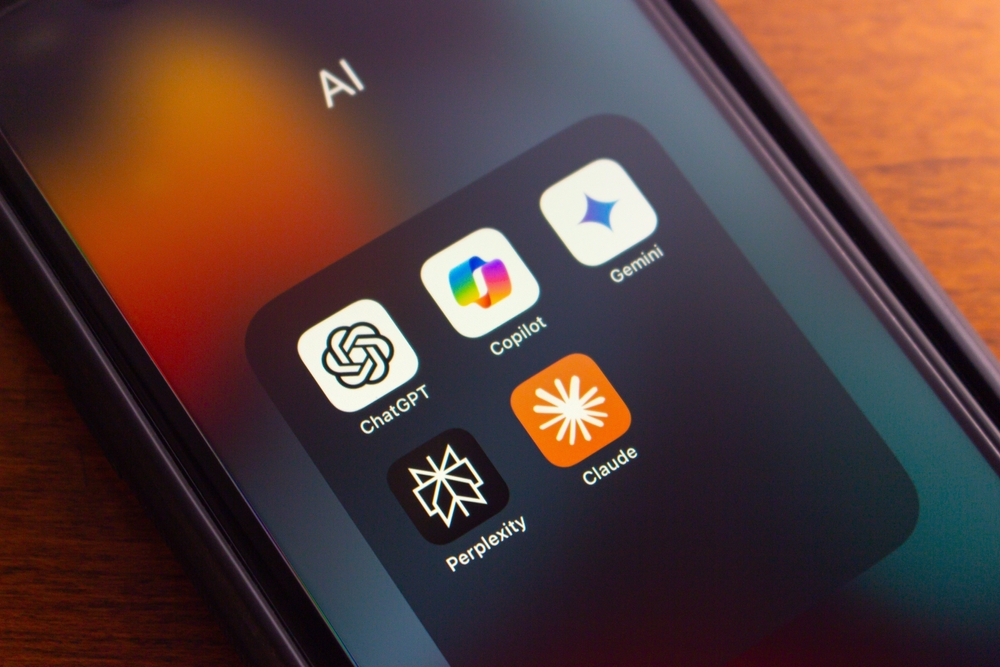
CM: Is all this taking place in the marketing department or is this cross-functional? Has this required a lot of reorganization internally?
MH: It’s cross-functional. And no, surprisingly it didn’t. We feel like that’s a good indicator that our processes were set up well and our cross-functional teams and collaboration were set up well. We haven’t adjusted too much. We had to rework a few processes because now we’re faster, so we got to cut some steps out. But as far as how our teams are organized, we were able to plug it into our current org structure.
CM: What other departments are involved in addition to marketing?
MH: There’s a lot of AI happening as well in the analytics team. And my teammate, Dennis Senovich, who runs all of our supply chain, is deeply engaged there. You can imagine there are many, many benefits in the supply chain world. He is also leading that on behalf of our CEO and our corporate strategy. With some of the things that we are testing, there are the obvious ones you would expect, but autonomous voice agents is something that we’re looking at in terms of our consumer care line. Are consumers accepting of it? And can it answer questions properly? And is that a better experience than a human? And when would you transfer to a human?
CM: In terms of implementation, in your case you had vision and support from the top. Do you have any advice for brands that want to do something similar within their companies yet lack an evangelist leader?
MH: My advice is to create a platform so you can start doing it. You do need some support at the top. I think you can pitch it in a way that, as long as you partner with legal—because you need to protect your intellectual property—this can be done with very little money and is actually a huge morale booster to employees. Employees love this. They want it on their resume, they’re excited about it, it’s a buzzword, it’s fun. It makes them feel like they’re learning something new. So, there are a lot of ways to create a business case for the CEO to be comfortable.
The second piece of advice is you need to have some focus. Our CEO said, Melanie, these are the areas I want you to go play. Dennis (who runs supply chain), those are your areas. And we did try to keep it focused, otherwise you can have too much scope creep and actually hurt the productivity of the company.
And then behind that, I would say pilot a lot. I’m always a little wary of large-scale implementations. Even if it looks good, I think you need to play around with it for a while before you move forward.
Featured image courtesy of Newell Brands

